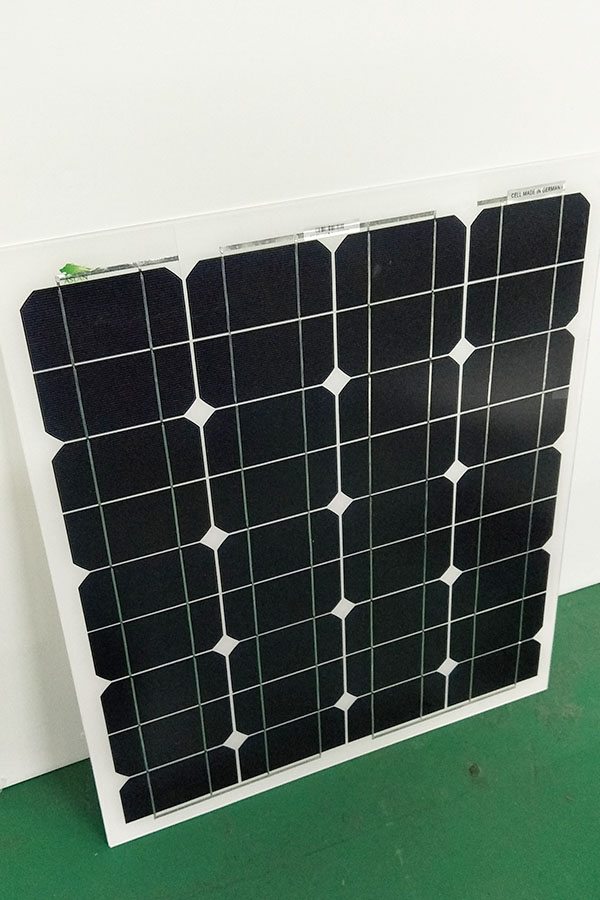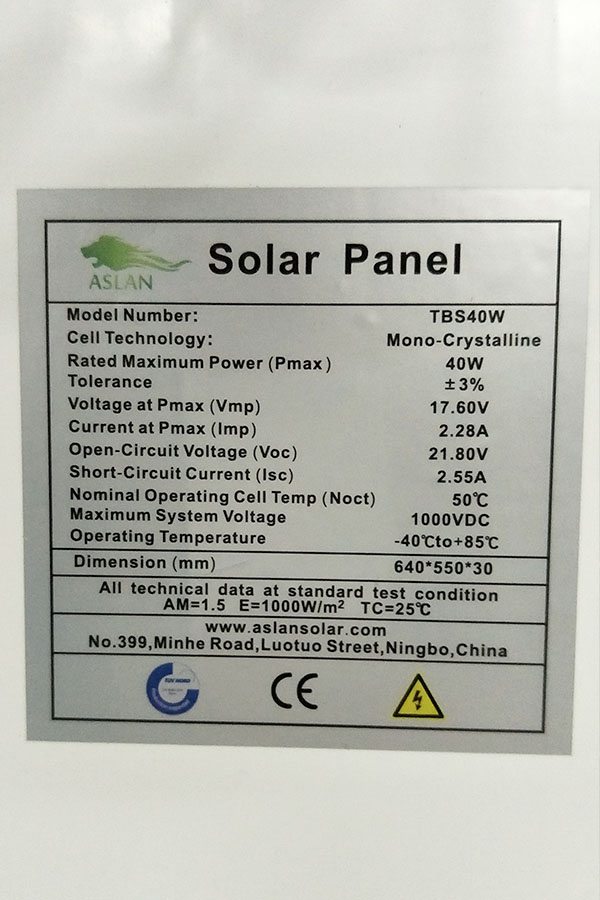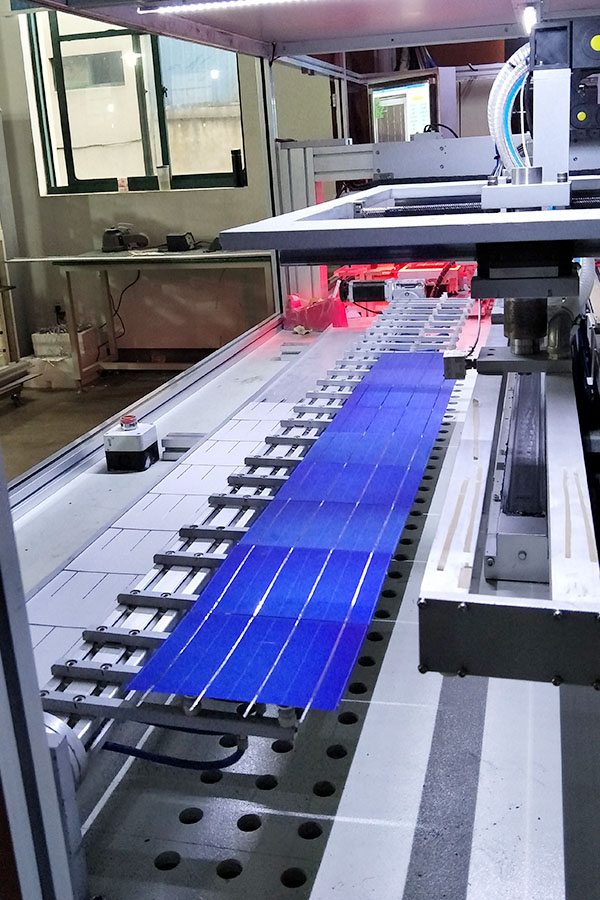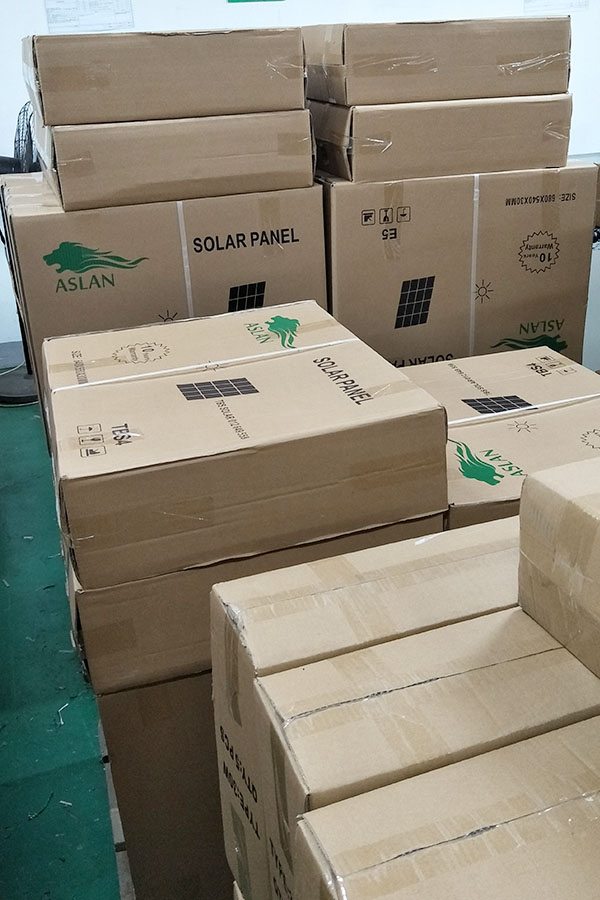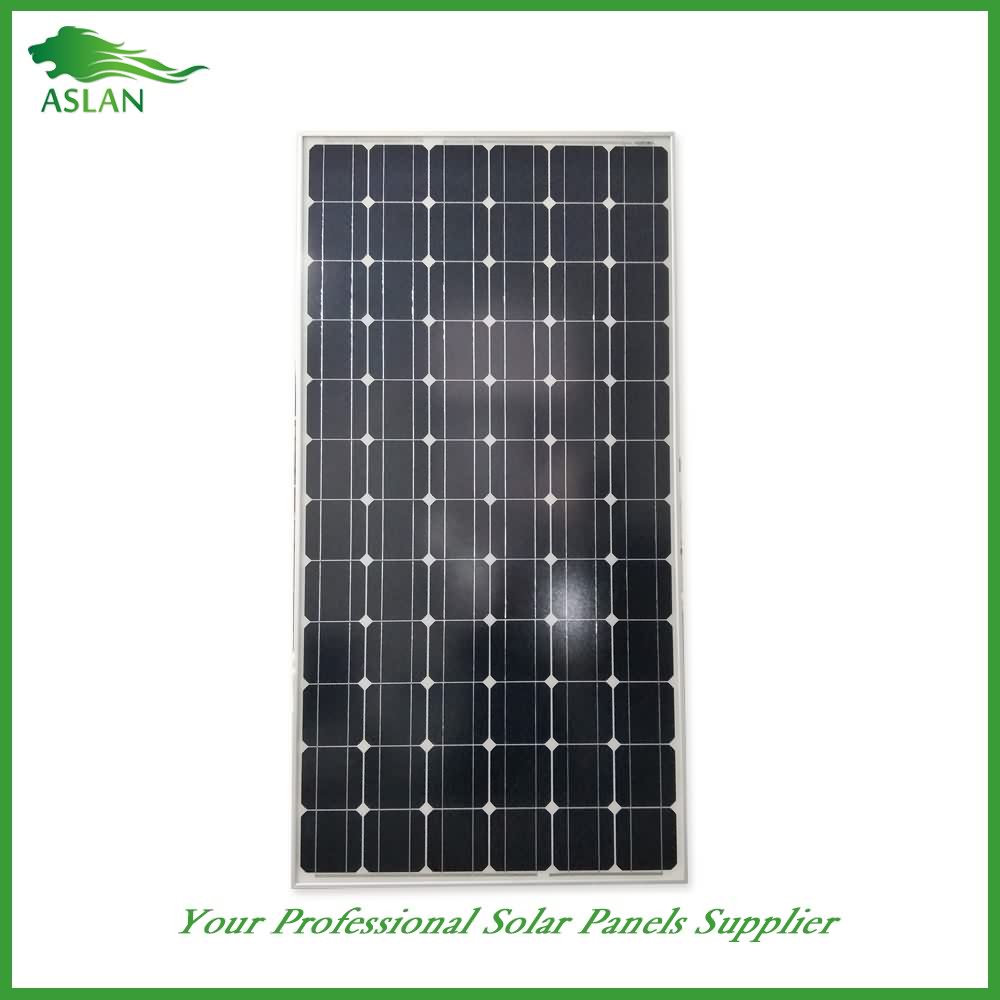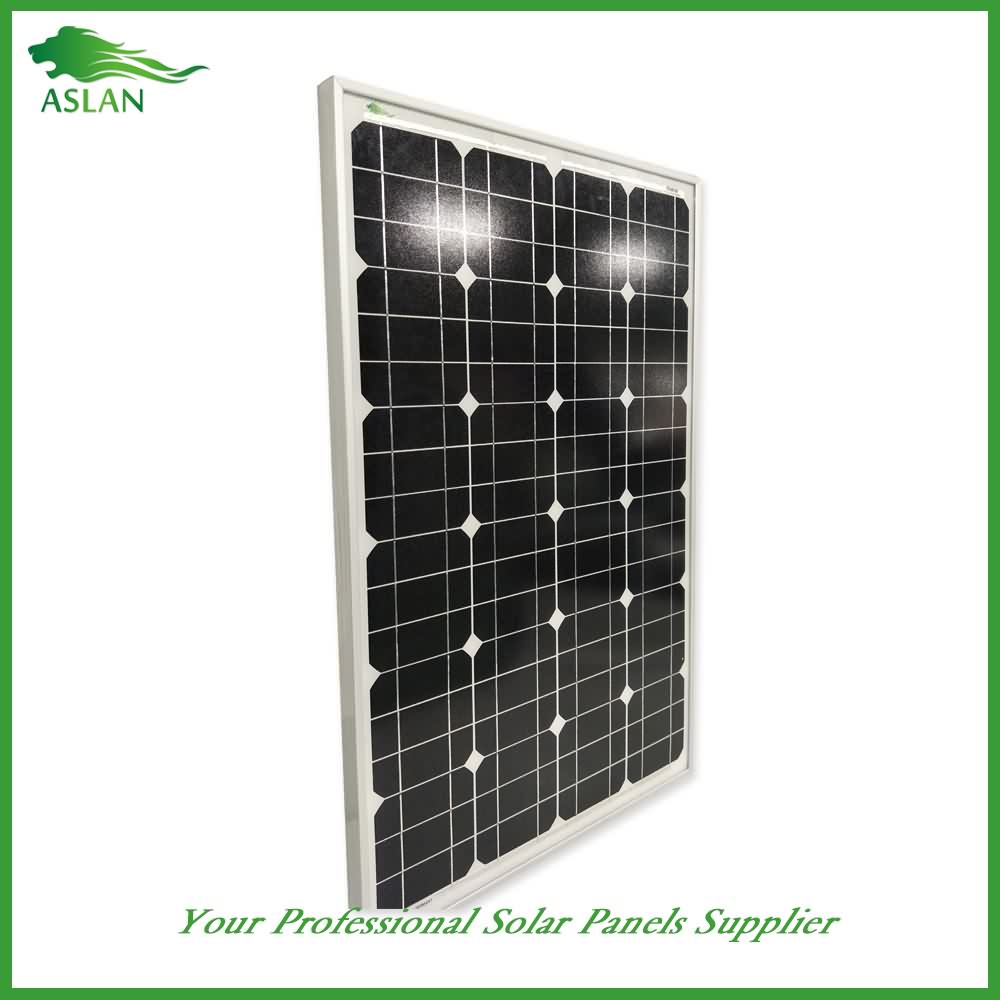Wholesale Dealers of Mono-Crystalline 50W Solar Panel Factory in South Korea
Short Description:
We always believe that one's character decides products' quality, the details decides products' quality ,with the REALISTIC,EFFICIENT AND INNOVATIVE team spirit for Wholesale Dealers of Mono-Crystalline 50W Solar Panel Factory in South Korea, If you are interested in any of our products or would like to discuss a customized order, please feel free to contact us.
Technical parameter
Maximum Power(W) 50W
Optimum Power Voltage(Vmp) 18.72V
Optimum Operating Current(Imp) 2.67A
Open Circuit Voltage(Voc) 22.83V
Short Circuit Current(Isc) 2.94A
Mechanical Characteristics
Cell Type Monocrystalline 125×62.5mm
No of Cell 36 (4x9pcs)
Dimensions 636x554x25mm
Weight 4.2Kg
Front Glass 3.5mm,High Transmission, Low Iron,Tempered Glass
Junction box IP65 Rated
Output Cable TUV 1×4.0mm2/UL12AWG,Length:900mm
Temperature and Coefficients
Operating Temperature(°C): -40°C ~ + 85°C
Maximum System Voltage: 600V(UL)/1000V(IEC) DC
Maximum Rated Current Series: 15A
Temperature Coefficients of Pmax: -0.47%
Temperature Coefficients of Voc: -0.389%
Temperature Coefficients of Isc: 0.057%
Nominal Operationg Cell Temperature (NOCT): 47+/-2°C
Materials of solar panel
1).Solar Cell——Mono-crystalline solar cell 125*125mm
2).Front Glass——-3.2mm, high transmission, low iron, tempered glass
3).EVA——-excellent anti-aging EVA
4).TPT——-TPT hot seal made of flame resistance
5).Frame——anodized aluminum profile
6).Junction Box——-IP65 rated, high quality, with diode protection
Superiority: high quality anodized aluminum frame, high efficiency long life, easy installation, strong wind resistance, strong hail resistance.
Features
1. High cell efficiency with quality silicon materials for long term output stability
2. Strictly quality control ensure the stability and reliability, totally 23 QC procedures
3. High transmittance low iron tempered glass with enhanced stiffness and impact resistance
4. Both Poly-crystalline and Mono-crystalline
5. Excellent performance in harsh weather
6. Outstanding electrical performance under high temperature and low irradiance
Quality assurance testing
Thermal cycling test
Thermal shock test
Thermal/Freezing and high humidity cycling test
Electrical isolation test
Hail impact test
Mechanical, wind and twist loading test
Salt mist test
Light and water-exposure test
Moist carbon dioxide/sulphur dioxide
We’ve made you 2 special resources, about home solar in the Peacock Gap, San Rafael Area. #1 is a “Resource Page” with 3 videos about solar in Peacock Gap http://www.solarmarketingguys.com/home-solar-peacock-gap-san-rafael/ #2 Gets YOU a free San Rafael Peacock Gap Home Solar Panels Report … that covers the 3 key things you’ll need to consider in evaluating the best solar for your home in Peacock Gap http://www.solarmarketingguys.com/peacock-gap-home-solar
Because all the roof lines and home architecture in Peacock Gap are different you’ll need a careful on site inspection to determine exactly what are the best home solar panels you’ll need for your home solar power system installation.
=========
What do home solar panels do?
Solar panels collect and convert the sun’s energy into electricity.
They are a key component of your home solar panel system.
Most commonly available home solar panels today are either poly-crystalline or mono-crystalline solar panels. The key differences between poly and mono-crystalline panels are in efficiency and cost. Typically, mono-crystalline panels are more efficient (and thus more expensive) than poly-crystalline panels.
Most residential solar panels are guaranteed to work for 25-30 years
They last so long because they do not have any moving parts.
==========
How are the home solar panels attached to my home?
Racking and mounting systems are used to affix your solar panels either to your roof or to the ground. They also allow you to position your panels at an angle that is best for capturing the sun’s rays.
To perform at their best, solar panels should face south and be installed at an angle between 30 and 45 degrees (depending on how far you are from the equator).
Panels facing east or west and at a pitch angle of five degrees or more will still work well, but will produce 10 to 20 percent less electricity than those installed under ideal conditions.
The 3 key questions about home solar panel installation – I get when we visit a customers home, for a site evaluation are these:
Do the solar panels have to show from the street?
How do the residential solar panels attached to my roof?
Does it damage my roof to put up solar panels?
===========
Learn the answers to these solar panel questions and many more by getting your
your free San Rafael Peacock Gap Home Solar Panels Report – http://www.solarmarketingguys.com/peacock-gap-home-solar
=====================
If you would like to know more about us, you can find us on our site, or Facebook.
http://www.solarmarketingguys.com/
https://www.facebook.com/solarmarketingguys
=====================
Other Related Videos
Home Solar in Peacock Gap, San Rafael, California. https://youtu.be/3xDYwxZUF04
Home Solar Power Monitoring Systems in Peacock Gap, San Rafael, CA https://youtu.be/G50mvrIHBPw
Happy solar power Customers in Peacock Gap https://www.facebook.com/solarmarketingguys
Kaideng offers a low-cost micro-inverter and monitoring hub & software for $200. After initial challenges with getting the software and hub up and running it is working fine with one issue remaining which is a deviation between the AC power output the software is indicating and what is measured at the power outlet itself. Work in progress…..
